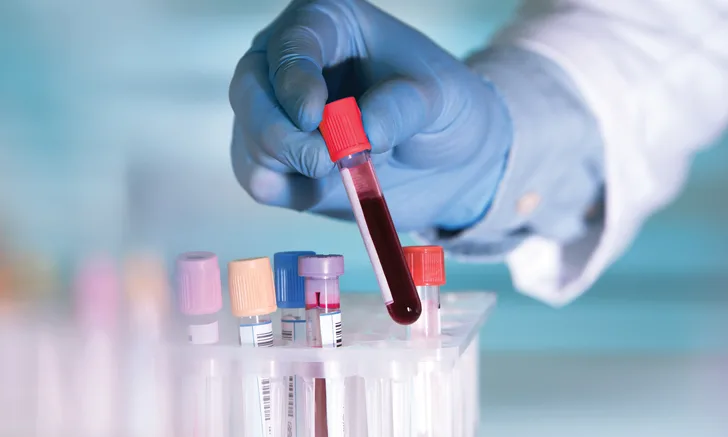Differential Diagnosis: Hyperphosphatemia
Julie Allen, BVMS, MS, MRCVS, DACVIM (SAIM), DACVP (Clinical), Durham, North Carolina

Following are differential diagnoses, listed in order of likelihood, for patients presented with hyperphosphatemia.
Pseudohyperphosphatemia
In vitro hemolysis
Hyperglobulinemia due to monoclonal gammopathy
Physiologic response
Mild increase (normal in young animals)
Mild postprandial increase
Decreased renal excretion
Decreased glomerular filtration rate (prerenal, renal, or postrenal)
Uroabdomen
Primary hypoparathyroidism
Hyperthyroidism
Acromegaly
Increased GI absorption
Hypervitaminosis D (eg, cholecalciferol or calcipotriene toxicity)
Granulomatous disease
Phosphate enemas
Phosphate-containing urinary acidifiers
Devitalized intestine
Transcellular shift (intracellular to extracellular fluid)
Metabolic acidosis
Myopathies
Arterial thromboembolism
Acute tumor lysis syndrome
Xylitol toxicosis*
*Although patients may initially be hypophosphatemic due to increased insulin within the first 12 hours, liver failure-associated hyperphosphatemia can occur due to an unknown mechanism and has been associated with a poor prognosis.